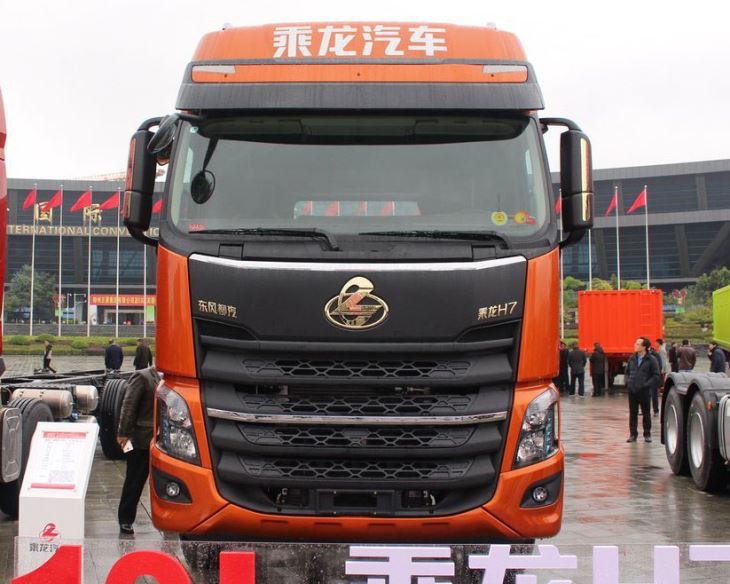The year 2023 has positioned itself as a pivotal year for international logistics and transportation (LT). With a rapidly changing global economy, evolving technologies, and increasing trade demands, understanding the nuances of international logistics is essential for businesses looking to thrive in this space.
Table of Contents
- What is International Logistics?
- Key Trends in 2023
- Technology’s Role in International LT
- Sustainability in Supply Chain
- Risk Management Strategies
- Effective Cost Management
- Practical Case Studies
- Frequently Asked Questions
What is International Logistics?
International logistics refers to the process of transporting goods across international borders. It involves meticulous planning, implementation, and control of the flow of goods, services, and information from the point of origin to the point of consumption. This process encompasses various modes of transportation, warehousing, customs regulations, and trade compliance.
The Importance of International Logistics
In a globalized economy, effective international logistics can serve as a competitive edge. Businesses can minimize costs, enhance customer satisfaction, and improve efficiency in their operations. Proper management of international logistics also ensures legal compliance and mitigates risks associated with cross-border trade.
Key Trends in 2023
Several factors are shaping the landscape of international logistics in 2023. Understanding these trends can help businesses align their strategies effectively.
1. E-commerce Growth
The explosive growth of e-commerce continues to transform international logistics. Companies are increasingly focused on fast and efficient shipping, which demands innovative last-mile delivery solutions.
Practical Example:
Consumer preferences have shifted toward same-day delivery, prompting logistics companies to invest in local warehouses and shorter supply chains.
2. Digital Transformation
The modernization of logistics through digital tools such as AI, blockchain, and IoT is becoming increasingly important. These technologies enhance transparency, optimize routes, and improve inventory management.
Practical Tip:
Utilizing AI for demand forecasting can significantly minimize excess inventory and reduce costs.
3. Rising Fuel Costs
With fluctuating fuel prices, logistics managers need to implement strategies that minimize fuel consumption and improve energy efficiency.
Cost-Efficiency Example:
Investing in fuel-efficient vehicles or optimizing delivery routes can substantially lower operational costs.
Technology’s Role in International LT
Technology plays a crucial role in enhancing the effectiveness of international logistics. The following technological advancements are particularly noteworthy in 2023:
1. Blockchain Technology
Blockchain offers unprecedented transparency and security in supply chain transactions. It can streamline documentation and improve traceability throughout the logistics process.
Use Case:
A company using blockchain for tracking shipments can reduce paperwork and improve dispute resolution times.
2. Internet of Things (IoT)
IoT devices facilitate real-time tracking of shipments and assets, allowing companies to monitor conditions such as temperature or humidity during transit.
Best Practice:
Incorporating IoT sensors can enhance the safety and quality of perishable goods during transportation.
Sustainability in Supply Chain
As environmental concerns grow, sustainability in logistics has become a strategic priority. Companies are adopting greener practices that not only comply with regulations but also resonate with consumers.
1. Eco-friendly Packaging
Using recyclable or biodegradable packaging materials contributes significantly to reducing waste in logistics.
Example:
Businesses like Unilever are utilizing sustainable packaging initiatives, which not only cut costs but also improve brand image.
2. Carbon Offset Programs
Many logistics companies are incorporating carbon offset initiatives to balance their environmental impact.
Implementation Guidance:
Partner with organizations that offer carbon offset programs related to your shipping volume.
Risk Management Strategies
With global trade comes the inherent risk of disruptions, whether from natural disasters, political instability, or cyber threats. Effective risk management strategies can mitigate these issues.
1. Diversification of Suppliers
Relying on multiple suppliers can reduce risks related to dependency on a single manufacturer or region.
Recommendation:
Establish relationships with suppliers in different geographical locations to buffer against regional instability.
2. Emergency Response Planning
Having a robust emergency response plan ensures that organizations can quickly adapt to unforeseen circumstances.
Checklist:
- Identify critical supply chain vulnerabilities.
- Document contingency plans for various types of disruptions.
- Conduct regular training and simulations.
Effective Cost Management
Managing costs effectively is crucial for maintaining competitiveness in international logistics. Here are key strategies for cost management in 2023.
1. Route Optimization
Using software that analyzes traffic patterns can help in finding the most economical routes for shipping.
Tool Example:
Logistics management software like Route4Me can aid in planning efficient delivery routes.
2. Inventory Management
Effective inventory management techniques, such as just-in-time (JIT), can reduce storage costs and minimize waste.
Strategies:
- Utilize demand forecasting tools.
- Regularly review inventory levels to avoid overstocking.
Practical Case Studies
The following examples illustrate successful strategies in international logistics in 2023.
Case Study 1: Amazon’s Last-Mile Logistics
Amazon’s investment in local warehouses has vastly improved its last-mile delivery capabilities, showcasing the potential benefits of decentralizing distribution.
Case Study 2: Maersk’s Digital Transformation
Maersk’s adoption of AI for optimizing shipping routes has significantly improved operational efficiency and cost management.
Frequently Asked Questions
1. What are the main components of international logistics?
International logistics consists of transportation, warehousing, inventory management, order fulfillment, and custom clearance.
2. How is technology currently impacting international logistics?
Technology has streamlined processes through automation, enhanced visibility with tracking devices, and improved transparency with blockchain solutions.
3. What strategies can mitigate risks in international logistics?
Diversifying suppliers, creating emergency response plans, and regularly monitoring potential disruption factors can effectively mitigate risks.
4. Why is sustainability important in logistics?
Sustainability improves corporate image, reduces environmental impact, and is increasingly demanded by consumers, making it a critical component of modern logistics segments.
5. How can businesses manage rising logistics costs?
Companies can manage costs by optimizing delivery routes, employing efficient inventory management, and leveraging technology to minimize waste and enhance efficiency.
6. What role does government policy play in international logistics?
Government policies regarding trade agreements, tariffs, and regulations significantly impact international logistics by affecting costs and operational procedures for businesses.



